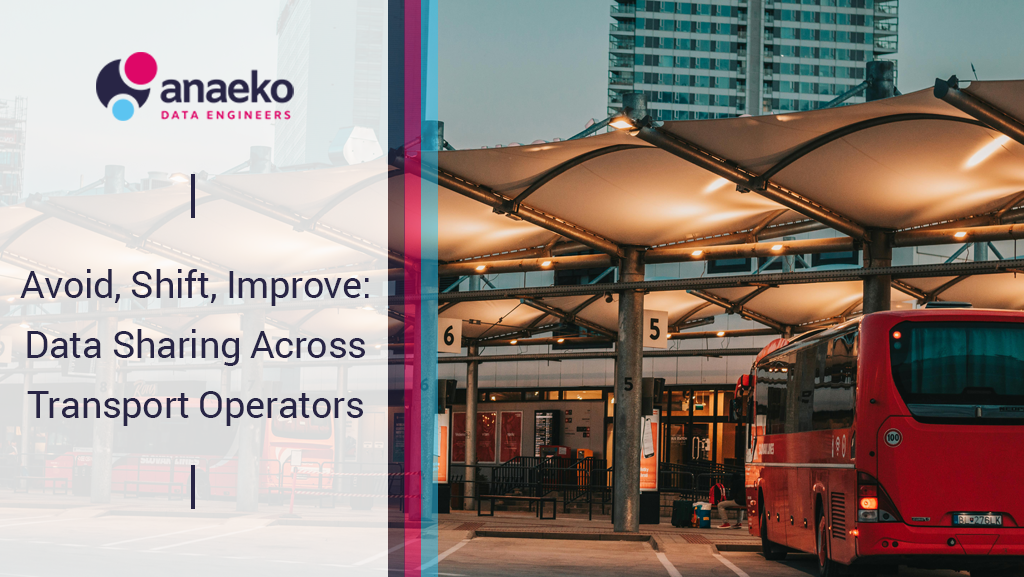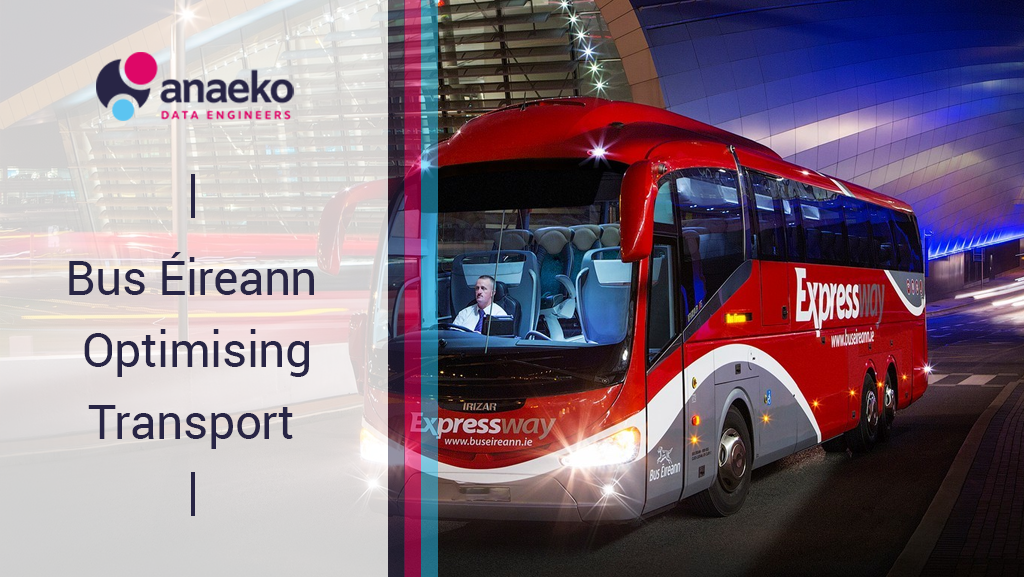Within bus services planning, one key advantage is the flexibility of bus routes. Unlike fixed rail routes, buses can take alternative paths when there are road closures. However, buses also face challenges like traffic congestion, which they can't control, as they share the road with other vehicles.
A common strategy in bus planning is to calculate the Peak Vehicle Requirement (PVR) for each route, depot, and service. This calculation ensures there are enough vehicles available to meet demand, plus a few spare vehicles to handle unexpected breakdowns.
Another effective approach, particularly in rural areas, is Demand-Responsive Transport (DRT). With DRT, technology enables a shared mobility service that doesn't rely on predefined routes, timetables, or stops. Instead, services are provided on-demand. This system, however, depends heavily on data communication and is most beneficial in areas with low population density, such as rural Northern Ireland or Scotland.
Data for these operations comes from various sources, including bus telematics, maintenance schedules, and statistics recorded at each depot. Inspectors regularly collect data not only on ticketing but also on service quality. Traffic conditions and roadworks are also considered, as they can have short-term impacts on bus operations.
In practice, each depot assesses whether the expected number of peak vehicles is being met and if that number is appropriate. Planners use timetables and monitor factors like punctuality and reliability. They investigate why a vehicle is off the road, whether due to planned maintenance, unplanned breakdowns, collisions, or accidents.
Safety is another critical aspect, encompassing both passenger and staff safety, including crime and injury prevention. Labor costs, especially overtime, are closely monitored from a financial perspective.
Optimising the number of spare buses involves predictive maintenance, which is increasingly supported by sophisticated telemetry systems in modern buses. Manufacturers, like Wrightbus in Northern Ireland, provide advanced data and analytics to help operators with maintenance schedules.
Training and passenger loading are also crucial, as they involve managing large volumes of data. For example, data is pulled from multiple cloud technologies into tools like Power BI, where live data is analysed and compared with historical data. This analysis helps monitor depot performance, assess whether peak vehicle requirements are met, and track punctuality and reliability on a daily, weekly, monthly, and annual basis. Additionally, it helps identify why vehicles are off the road, whether due to waiting on parts or labor.
In transport planning and optimisation, it's essential to analyse what happened, understand why it happened, anticipate what could happen, and make recommendations for what should be done. This approach aligns with the four types of analytics: descriptive, diagnostic, predictive, and prescriptive.
At Anaeko, we provide services across these areas. We connect and integrate with the specialised tools and algorithms available for each specific function, leveraging the data accessible from these sources to enhance our analytics and decision-making processes.
Join our next webinar:

Topics: Data Analytics, Data, transport, sustainability



